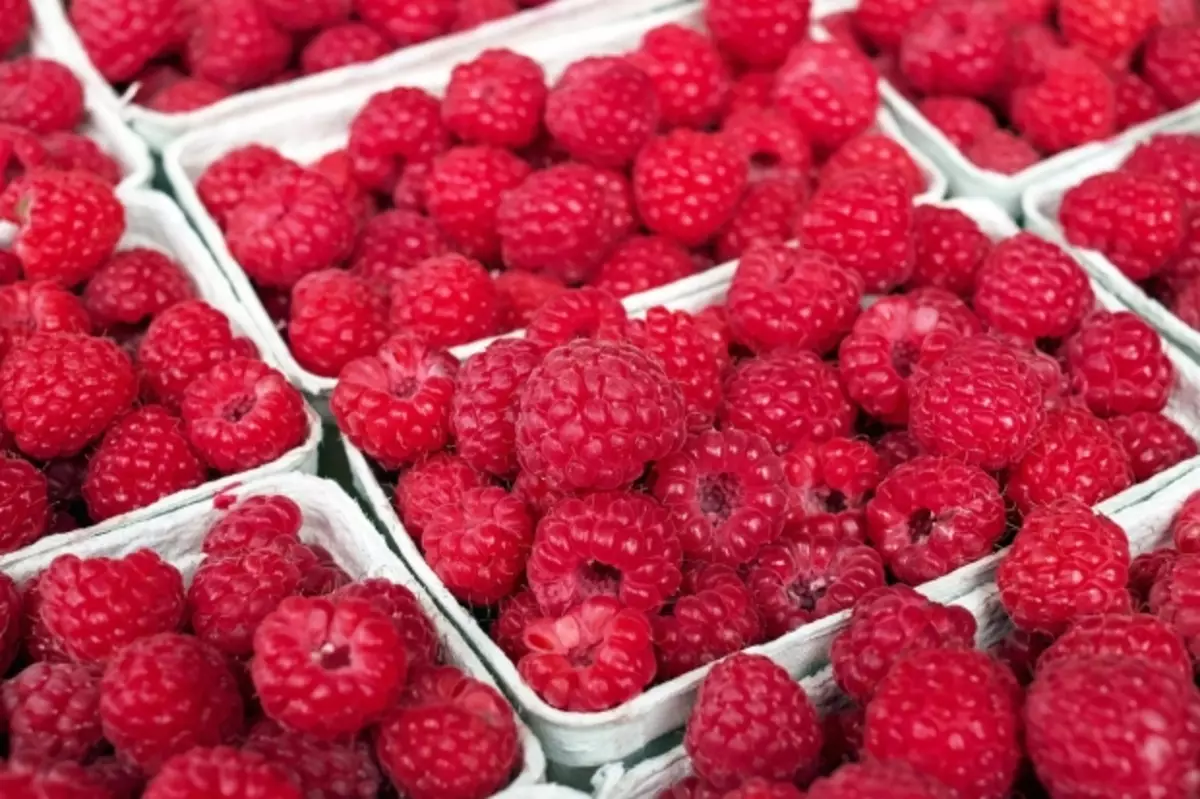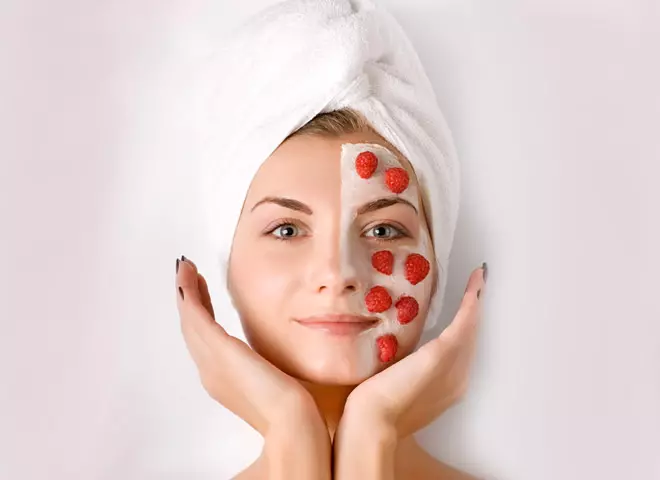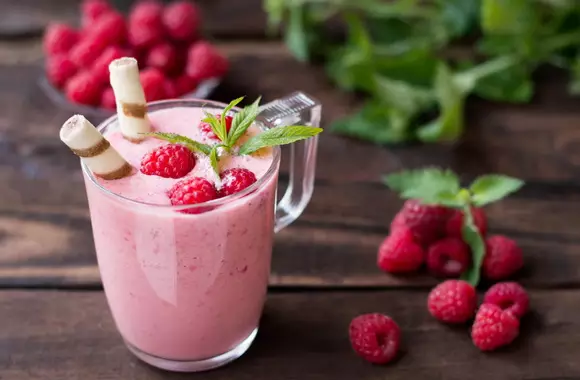
Who does not love raspberry, as fresh and frozen?! These berries are not just delicious, they are also very useful for health and beauty. So, what benefit brings raspberries than it really can help the body, and how it is it correct to get beneficial to the maximum.
1. In Malina, many nutrients

One cup of raspberries provides more than 50% of the minimum daily rate of vitamin C, which supports immunity and skin health, and also helps produce collagen. In addition, Malina also contains manganese and vitamin K who play an important role in bone health. And this is not all - in small doses in these berries there are vitamin E, vitamins of groups in, magnesium, copper, iron and potassium.
2. Low sugar content
Malina is also one of the fruits with the lowest sugar content - only 5 grams per cup of fresh raspberries, compared with about 20 grams in one medium apple. This makes it an excellent option for those who love sweet, but who want to minimize the overall consumption of sugar.3. Antioxidants preventing aging

Raspberry full of antioxidants. These compounds help reduce the level of cardiovascular diseases, cancer, diabetes and obesity. Antioxidants in raspberries also help reduce inflammation, the well-known cause of premature aging. Natural protective substances in these berries improve DNA recovery and block enzymes that cause pain in arthritis.
5. High fiber content
The raspberry cup contains as many as 8 grams of fruit fiber, which is a third of the daily minimum. Fruit fiber promotes weight loss, reduces blood sugar levels, supports good digestion and contributes to the prosperity of useful intestinal bacteria (which is well raised by immunity).6. Raspberries can help prevent diabetes
As part of a new study conducted in the Illinois Institute of Technology, 32 adults aged from 20 to 60, a three-time nutrition was appointed. Each meal was the same in calories and macronutrients, but they had different quantities of frozen red raspberries (one group did not have raspberries at all, the second is one cup, the third is two cups).
The researchers found that for people who were exposed to diabetes risk, eating more raspberries reduced the amount of insulin necessary to control blood sugar levels. In fact, the blood sugar level was lower in those who used two cups of red raspberries, compared with those who did not eat any.
7. Raspberries improves brain activity and memory
Malina helps to withstand oxidative stress, which, in fact, is an imbalance between the formation of free radicals, damaging cells, and the body's ability to deal with their harmful effects. Since oxidative stress is the cause of diseases such as Alzheimer's diseases and Parkinson, Malina is one of the best products to support the work of the brain. It was also proved that flavonoids in berries help improve coordination, memory and mood. And finally, these berries help the functioning of the brain, removing toxic proteins associated with its dysfunction.How to add more raspberries to your diet

Raspberries is a wonderful and delicious addition to numerous dishes, and it is well suited for sweet and salt dishes. You can add it to oatmeal, salads, wholegrain samples and desserts. If it is slightly confused, you can cook a colorful sauce for anything - from banana pancakes with eggs to fried fish or fried in the oven. And from the whipped frozen raspberry it turns out a wonderful smoothie. Frozen or fresh raspberries can also become an excellent snack in combination with nuts, pumpkin seeds or several pieces of dark chocolate sprinkled with nut butter or spicy tachy.
